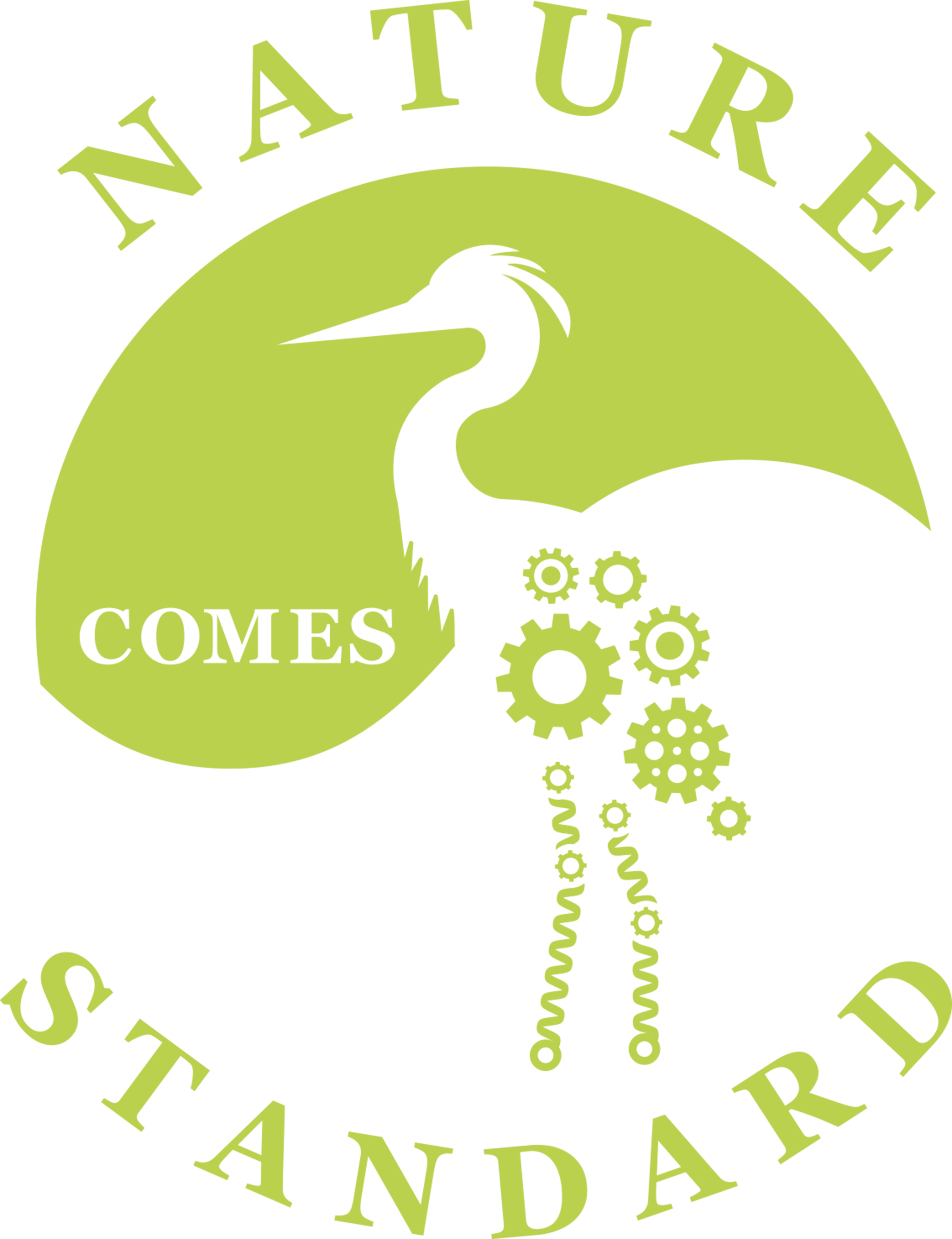The Jellyfish Biomimetic Skirt-Propulsion

While strolling the shore of the Atlantic ocean, one might encounter a gelatinous, translucent object with thread-like strands hanging below. This jellyfish, one of nature’s creative designs, should be viewed from afar so as not to need a friend to pee on its sting later (which may be just an urban myth.) As the blob bobs near the undulating surface like an upside-down plastic grocery bag improperly disposed of, its dance contrasts the ocean life’s vast methods of propulsion. Akin to Marylin Monroe’s skirt incident during The Seven Year Itch filming, the jellyfish’s domed-shape skirt hanging below creates both upward, downward, and side motion.
The common Jellyfish (Aurelia aurita) has a mid-section muscular ring that contracts and releases the bell-shaped body. “[The] propulsion emerges from the interplay of active muscle contraction, passive body elasticity, and fluid–body interaction.” (1) The contraction and relaxation process creates alternating areas of low and high pressure. The high-pressure vortices or turbulence generate lift from a pressurized fluid exiting the bell shape to push the body forward, and low-pressure vortices create suction to pull the body forward. (2)
In engineering words, the jellyfish skirt is an umbrella-shaped structure with a mid-mounted, circumferential inflection point that creates fluid pressure vortices for lift-induced linear motion. While this might be a mouthful, robotic engineers emulate the jellyfish's fancy dance to propel their futuristic water devices. In a more life-improving application, the jellyfish dance has inspired concepts for pumping fluid for potential heart valve replacement designs. (3) What if engineers mounted a jellyfish-inspired dome in reversible flowing water or even a different medium like air? The biomimetic opportunities continue to grow. Do you have an idea for a regenerative jellyfish-inspired device or process?
References:
Gemmell, B.J., Colin, S.P., Costello, J.H., Dabiri, J.O. (2015) “Suction-based propulsion as a basis for efficient animal swimming” Nature Communications. Vol 6: 8790
Hoover, A.P., Griffith, B.E., Miller, L.A., (2017) “Quantifying performance in the medusan mechanospace with an actively swimming three-dimensional jellyfish model” Journal of Fluid Mechanics. Vol: 813: 1112-1155
https://wyss.harvard.edu/artificial-jellyfish-swims-in-a-heartbeat/






